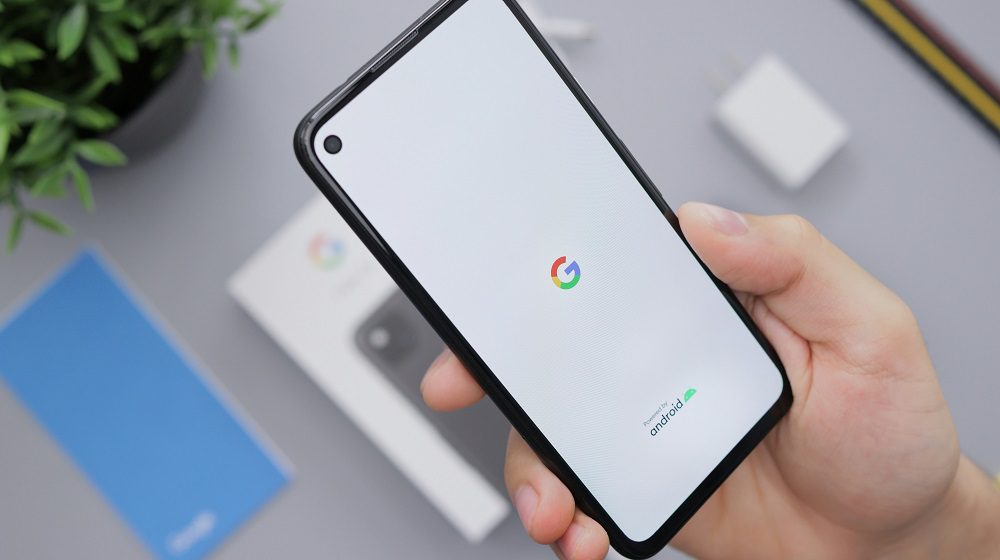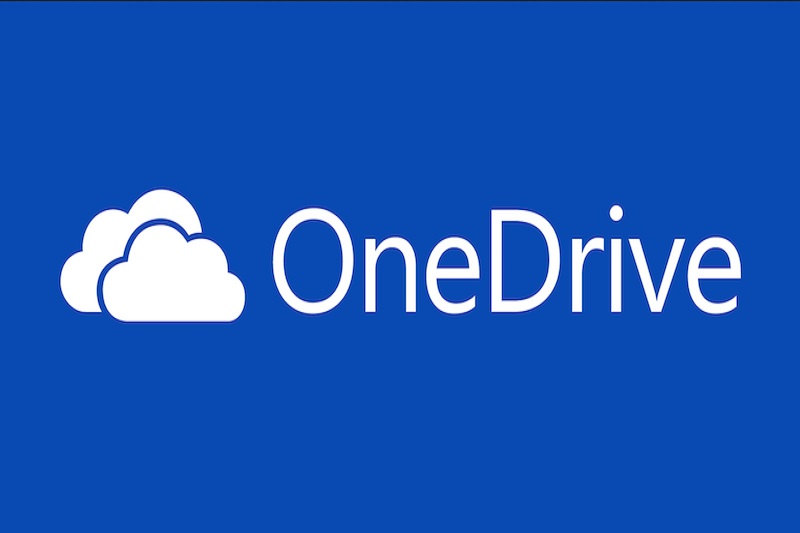
How to free up storage space on Android is a common concern for users who notice their devices slowing down or running out of room for apps, photos, and files. With the average Android user storing over 100GB of data, including media and apps, managing storage effectively is crucial for maintaining performance. This comprehensive guide provides practical, step-by-step solutions to reclaim space, optimize your device, and keep it running smoothly. From clearing cache to using cloud storage, we’ll cover everything you need to know to maximize your Android’s storage capacity.
Key Takeaways
Clear app cache and data to quickly free up space.
Use built-in storage tools to identify and remove large files.
Move files to cloud storage or an SD card for long-term management.
Uninstall unused apps and delete duplicate media.
Regular maintenance prevents storage issues and boosts performance.
Why Storage Space Matters on Android
Contents
- 1 The Impact of Low Storage
- 2 Common Storage Culprits
- 3 1. Use Built-In Storage Tools
- 4 2. Clear App Cache and Data
- 5 3. Uninstall Unused Apps
- 6 4. Delete Duplicate and Large Files
- 7 5. Move Files to Cloud Storage
- 8 6. Use an SD Card
- 9 7. Manage WhatsApp and Social Media Storage
- 10 8. Optimize Google Play Store Downloads
- 11 9. Perform Regular Maintenance
- 12 1. Use Storage Analyzer Apps
- 13 2. Root Your Device (With Caution)
- 14 3. Compress Large Files
- 15 4. Limit Offline Content
- 16 1. How do I check storage space on my Android?
- 17 2. Is it safe to clear app cache on Android?
- 18 3. Can I move apps to an SD card?
- 19 4. How does Google Photos help free up space?
- 20 5. Why does my Android storage fill up so fast?
- 21 6. What are junk files on Android?
- 22 7. Can I free up space without deleting apps?
- 23 8. How do I stop WhatsApp from using too much space?
- 24 9. What is the best app for cleaning Android storage?
- 25 10. How often should I clean my Android storage?
The Impact of Low Storage
Running low on storage can slow down your Android device, cause apps to crash, and prevent you from downloading updates or new content. According to a 2023 study, 68% of Android users experience performance issues when storage is below 15% capacity. Freeing up space not only improves speed but also extends your device’s lifespan.
Common Storage Culprits
Large apps, high-resolution photos, videos, and cached data are the primary reasons for storage shortages. Social media apps like WhatsApp and Instagram often generate gigabytes of temporary files. Understanding what’s taking up space is the first step to reclaiming it.
Step-by-Step Guide to Free Up Storage Space
1. Use Built-In Storage Tools
Most Android devices come with a storage management feature. Navigate to Settings > Storage to see a breakdown of what’s using space. Modern Android versions (10 and above) highlight categories like apps, photos, and “Other” files, making it easy to pinpoint clutter.
How to Access Storage Settings
Open the Settings app.
Tap Storage or Device Care (varies by manufacturer).
Review the storage breakdown and tap categories to manage files.
Pro Tip
Samsung’s Device Care and Google’s Files by Google app offer one-tap cleanup options to delete junk files instantly.
2. Clear App Cache and Data
Cached data helps apps load faster but can accumulate over time. Clearing cache is safe and doesn’t affect app functionality, while clearing data resets the app to its default state.
Steps to Clear Cache
Go to Settings > Apps.
Select an app (e.g., Chrome or WhatsApp).
Tap Storage > Clear Cache.
For deeper cleanup, tap Clear Data (note: this may log you out).
Fact
Clearing cache on apps like YouTube or Spotify can free up 500MB or more per app, depending on usage.
3. Uninstall Unused Apps
Unused apps not only take up storage but may also run background processes that drain battery. On average, Android users have 40 apps installed, but only use 18 regularly.
How to Remove Apps
Go to Settings > Apps.
Sort by “Last Used” to identify dormant apps.
Tap Uninstall or drag apps to the trash icon from the home screen.
Tip
For pre-installed bloatware, use Disable instead of Uninstall to save space without rooting your device.
4. Delete Duplicate and Large Files
Duplicate photos, videos, and downloads often go unnoticed. Tools like Google Files or third-party apps like CCleaner can scan for redundant files.
Using Google Files
Install Files by Google from the Play Store.
Tap Clean to find junk files, duplicates, or large media.
Select and delete unwanted files.
Statistic
Duplicate photos and videos can account for up to 20% of storage on devices with heavy camera use.
5. Move Files to Cloud Storage
Cloud services like Google Drive, Dropbox, or Microsoft OneDrive let you store files online, freeing up local storage. Google Photos is ideal for backing up media.
Setting Up Google Photos
Download Google Photos from the Play Store.
Enable Backup & Sync under Settings.
Choose “High Quality” for unlimited storage (compressed) or “Original” for full resolution (uses Google Drive space).
Benefit
Backing up to Google Photos can free up 10GB or more by removing local copies of photos and videos.
6. Use an SD Card
If your Android supports expandable storage, an SD card is a cost-effective way to store media and apps. Cards up to 1TB are compatible with most modern devices.
How to Use an SD Card
Insert the SD card and format it via Settings > Storage.
Move files or apps to the card using the Files app.
Set the SD card as the default storage for photos in the Camera app.
Note
Not all apps can be moved to an SD card due to developer restrictions.
7. Manage WhatsApp and Social Media Storage
WhatsApp alone can consume gigabytes with chat backups, images, and videos. Similarly, apps like Instagram and TikTok store cached media.
Cleaning WhatsApp
Open WhatsApp and go to Settings > Storage and Data.
Tap Manage Storage to review large files or frequently forwarded media.
Delete unnecessary files or chats.
Tip
Disable auto-download for media in WhatsApp to prevent future clutter.
8. Optimize Google Play Store Downloads
The Play Store often keeps installation files after updates, which can pile up. Clearing these files is simple and effective.
Steps
Open Google Play Store.
Go to Settings > Clear Local Search History or use a cleanup app.
Check Settings > Storage > Other to delete residual files.
9. Perform Regular Maintenance
Schedule monthly cleanups to keep storage in check. Set reminders to review large files, clear cache, and back up to the cloud.
Maintenance Checklist
Clear app cache and data.
Delete old downloads and duplicates.
Back up photos and videos to the cloud.
Uninstall apps you haven’t used in 30 days.
Advanced Tips for Power Users
1. Use Storage Analyzer Apps
Apps like DiskUsage or Storage Analyzer provide visual breakdowns of storage, helping you identify hidden files or folders.
2. Root Your Device (With Caution)
Rooting allows you to delete bloatware or move apps to an SD card, but it voids warranties and risks security. Research thoroughly before proceeding.
3. Compress Large Files
Use apps like WinZip or RAR to compress videos or documents before storing them, saving up to 50% space.
4. Limit Offline Content
Streaming apps like Netflix or Spotify allow offline downloads, which can consume significant storage. Regularly delete offline playlists or episodes.
Summary
Freeing up storage space on Android is essential for maintaining performance and ensuring you have room for new content. By using built-in tools, clearing cache, uninstalling unused apps, and leveraging cloud storage or SD cards, you can reclaim gigabytes of space. Regular maintenance and smart habits, like managing WhatsApp media or limiting offline downloads, prevent future clutter. With these strategies, your Android device will stay fast, efficient, and ready for anything.
FAQs
1. How do I check storage space on my Android?
Go to Settings > Storage to view a breakdown of used and available space, including apps, photos, and other files.
2. Is it safe to clear app cache on Android?
Yes, clearing cache is safe and won’t delete personal data, but it may make apps load slightly slower initially.
3. Can I move apps to an SD card?
Some apps can be moved to an SD card via Settings > Apps > Storage > Change. Not all apps support this feature.
4. How does Google Photos help free up space?
Google Photos backs up media to the cloud, allowing you to delete local copies and free up storage.
5. Why does my Android storage fill up so fast?
Large apps, high-resolution media, cached data, and auto-downloaded files from apps like WhatsApp are common culprits.
6. What are junk files on Android?
Junk files include cached data, residual app files, and duplicates that accumulate over time and can be safely deleted.
7. Can I free up space without deleting apps?
Yes, clear cache, delete duplicates, move files to the cloud, or use an SD card to free up space without uninstalling apps.
8. How do I stop WhatsApp from using too much space?
Disable auto-download in Settings > Downloads and Media and regularly clear media via Manage Storage.
9. What is the best app for cleaning Android storage?
Files by Google and CCleaner are highly rated for identifying and deleting junk files, duplicates, and large media.
10. How often should I clean my Android storage?
Perform a cleanup every 6–8 weeks or when storage drops below 20% to maintain optimal performance.


